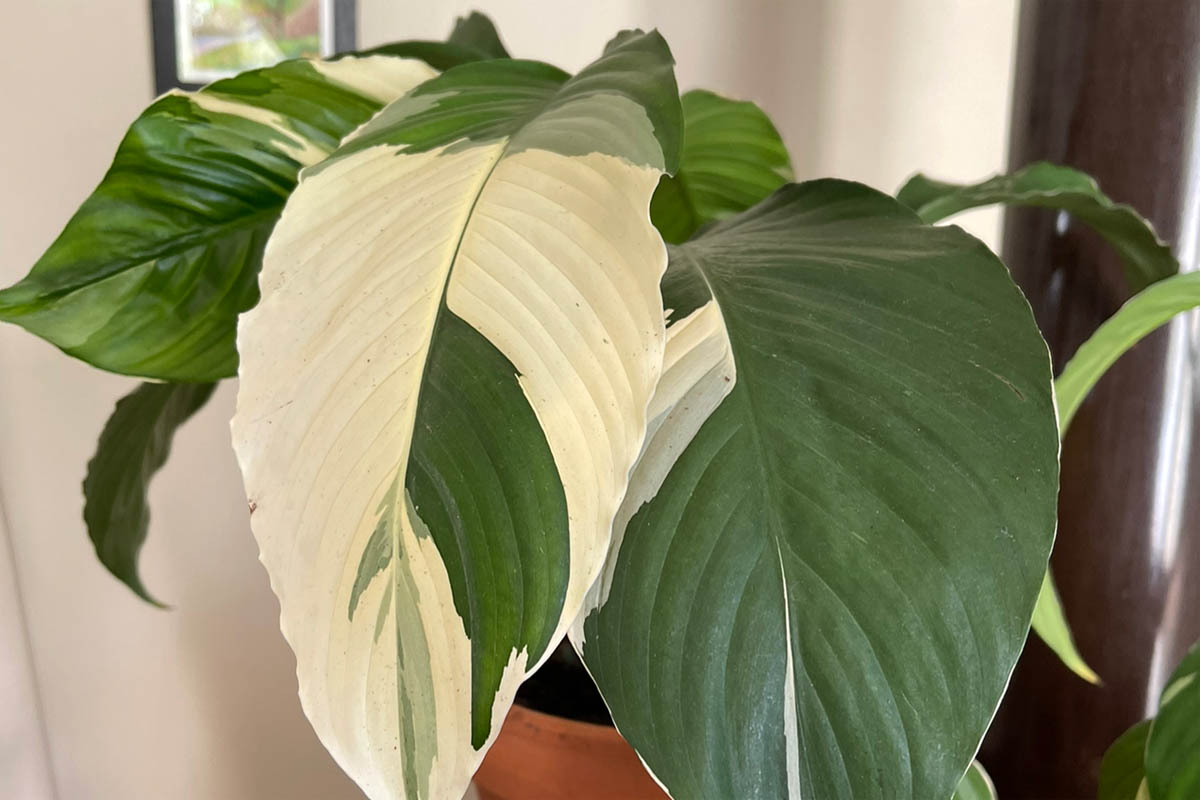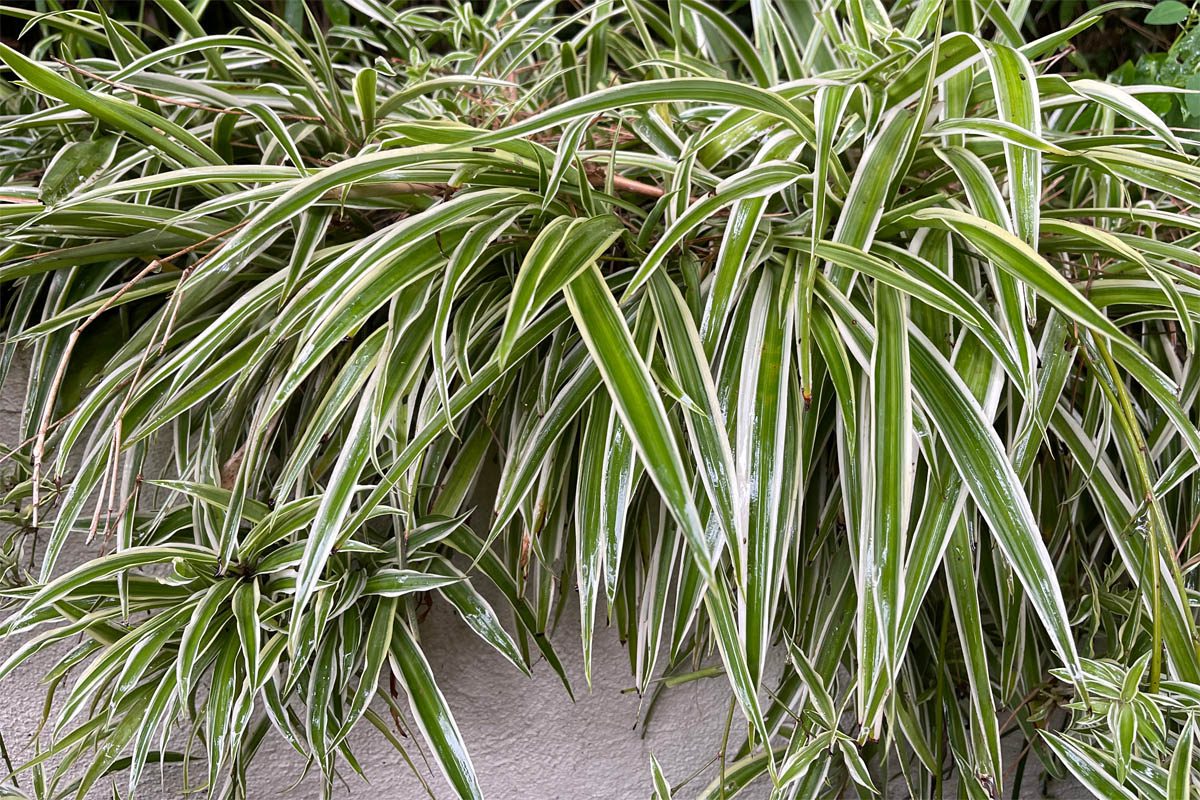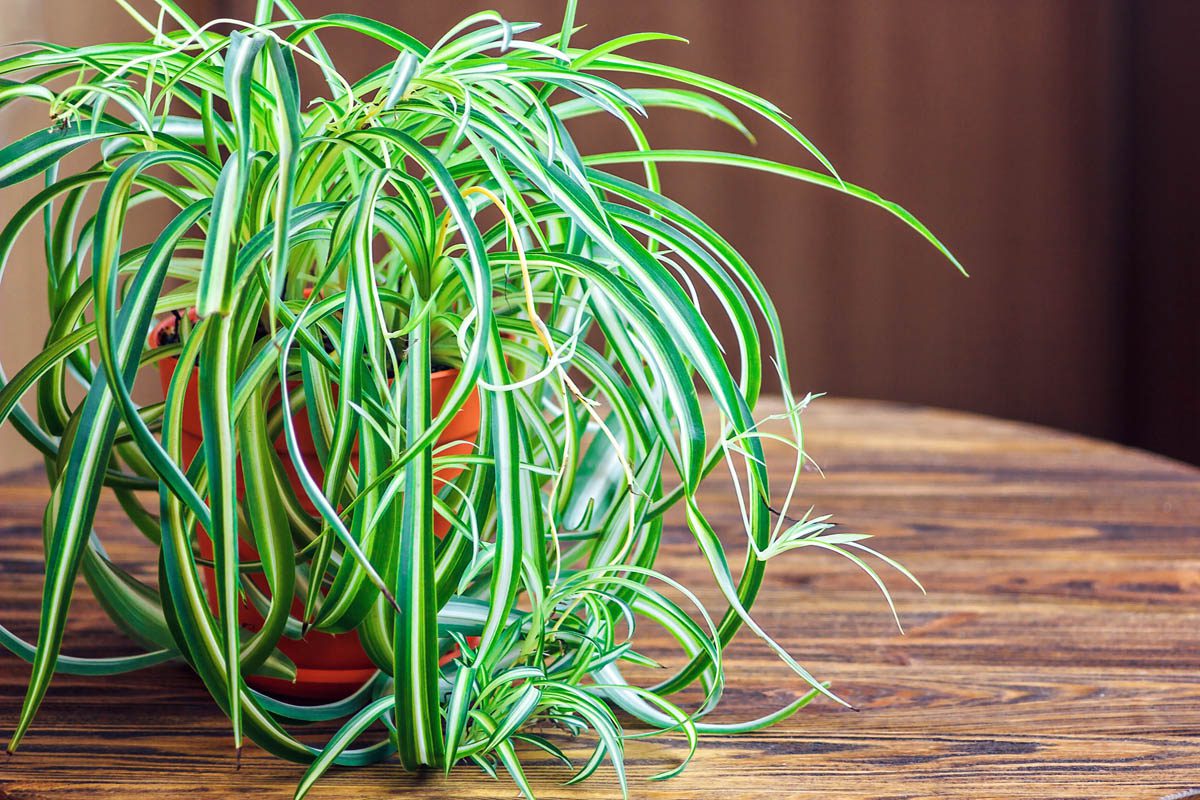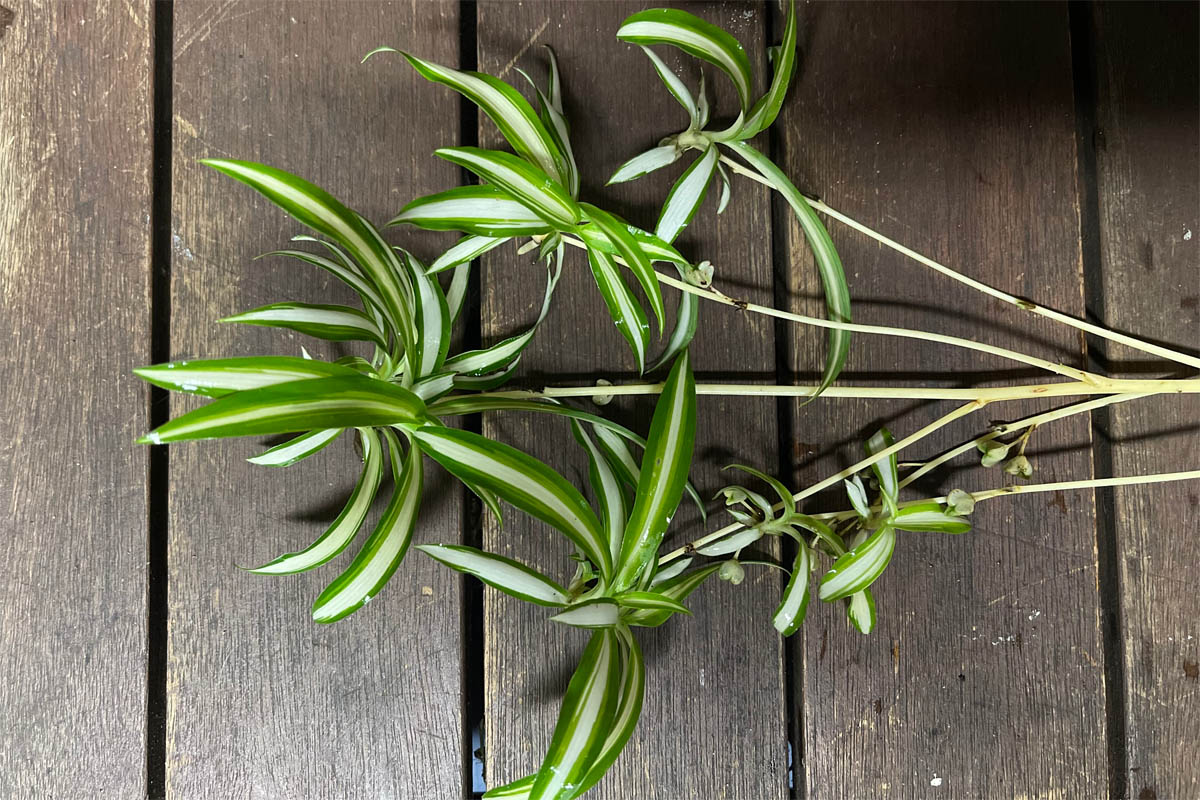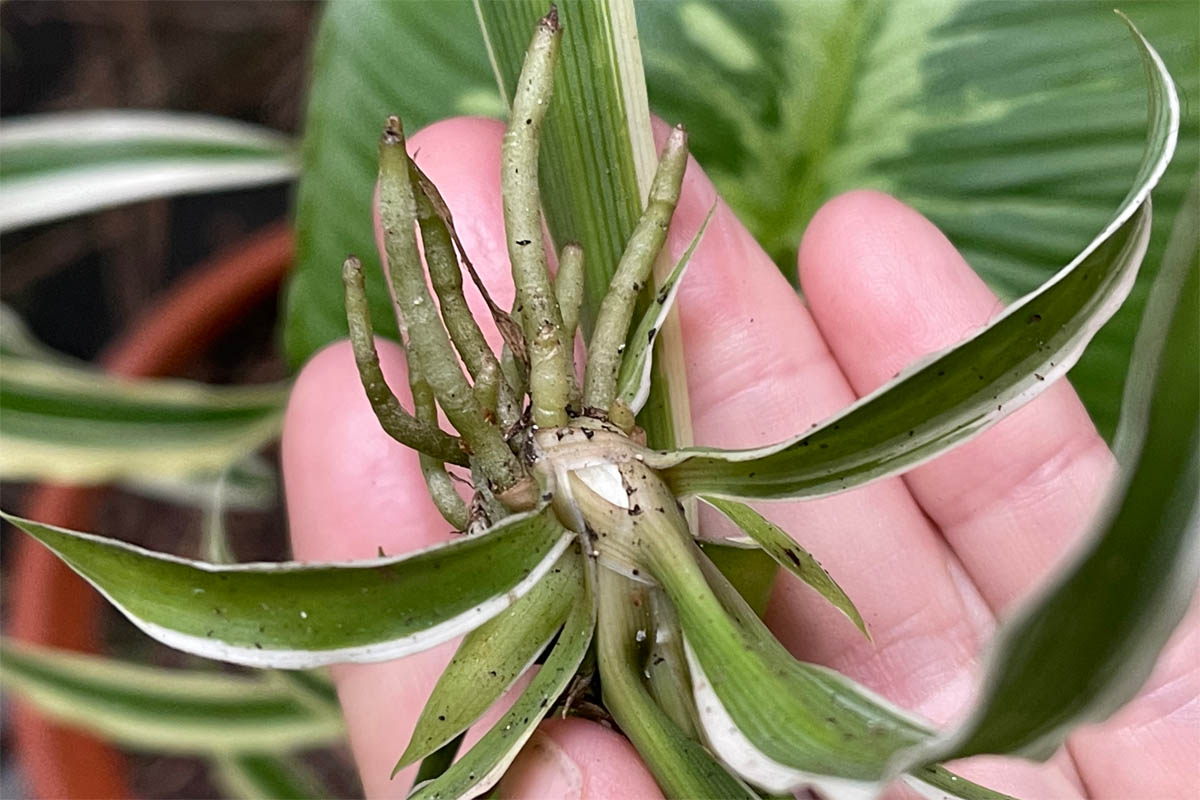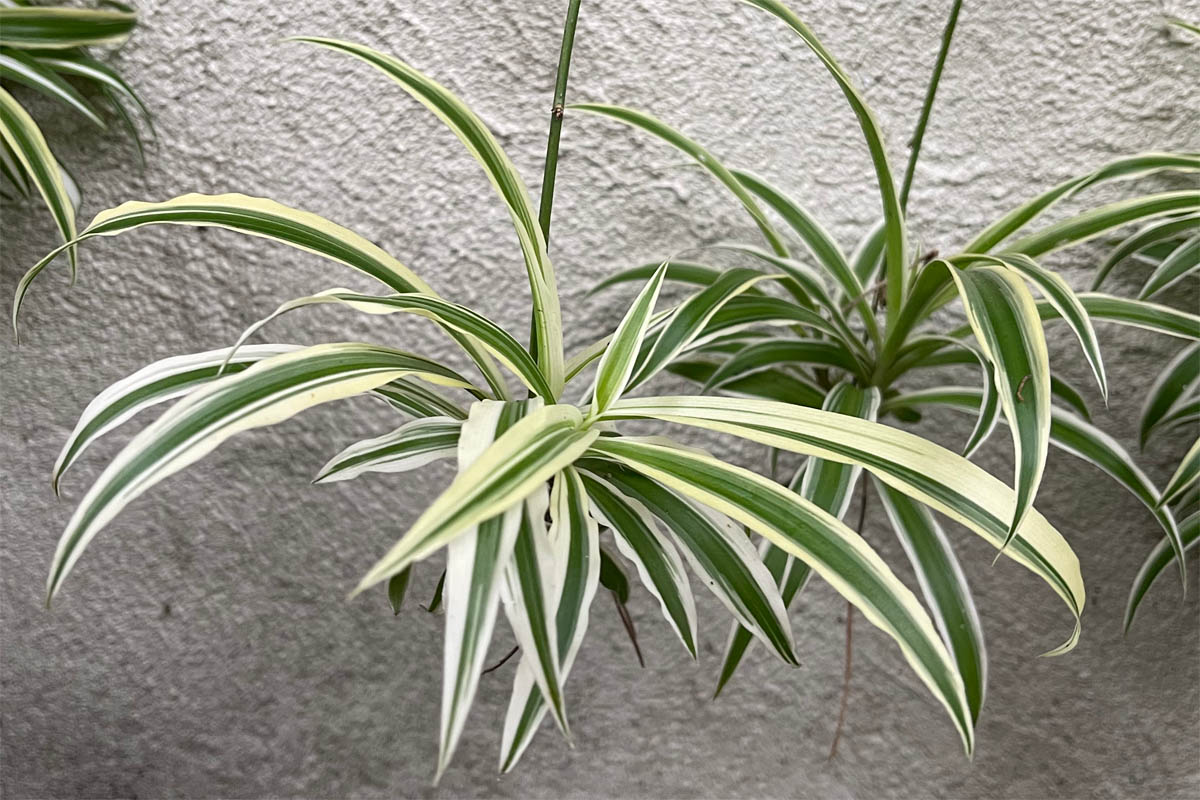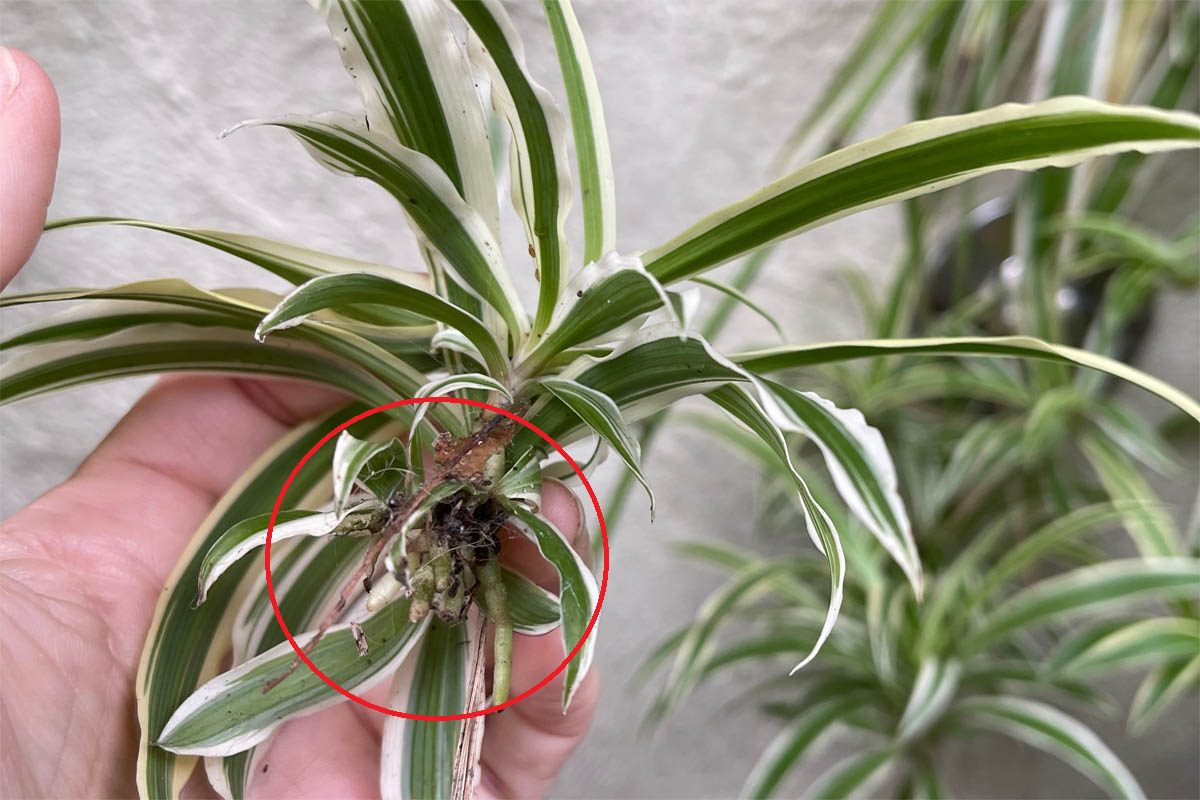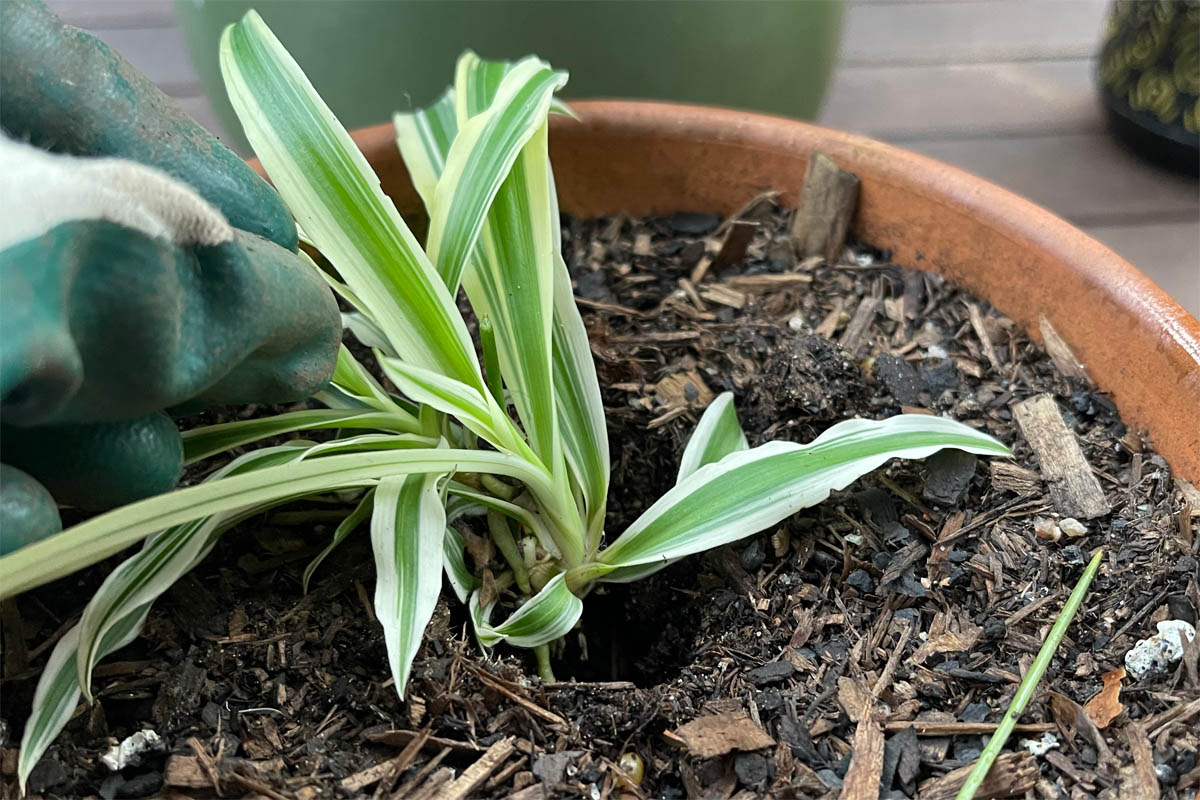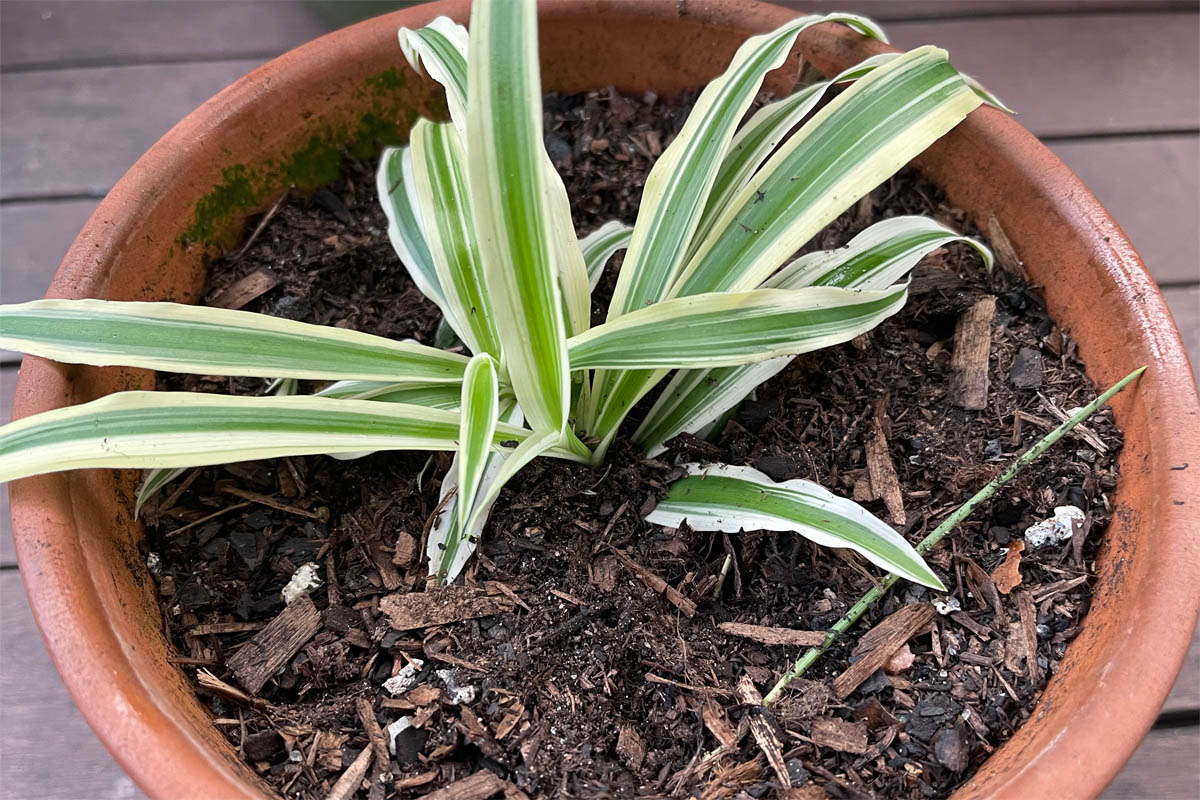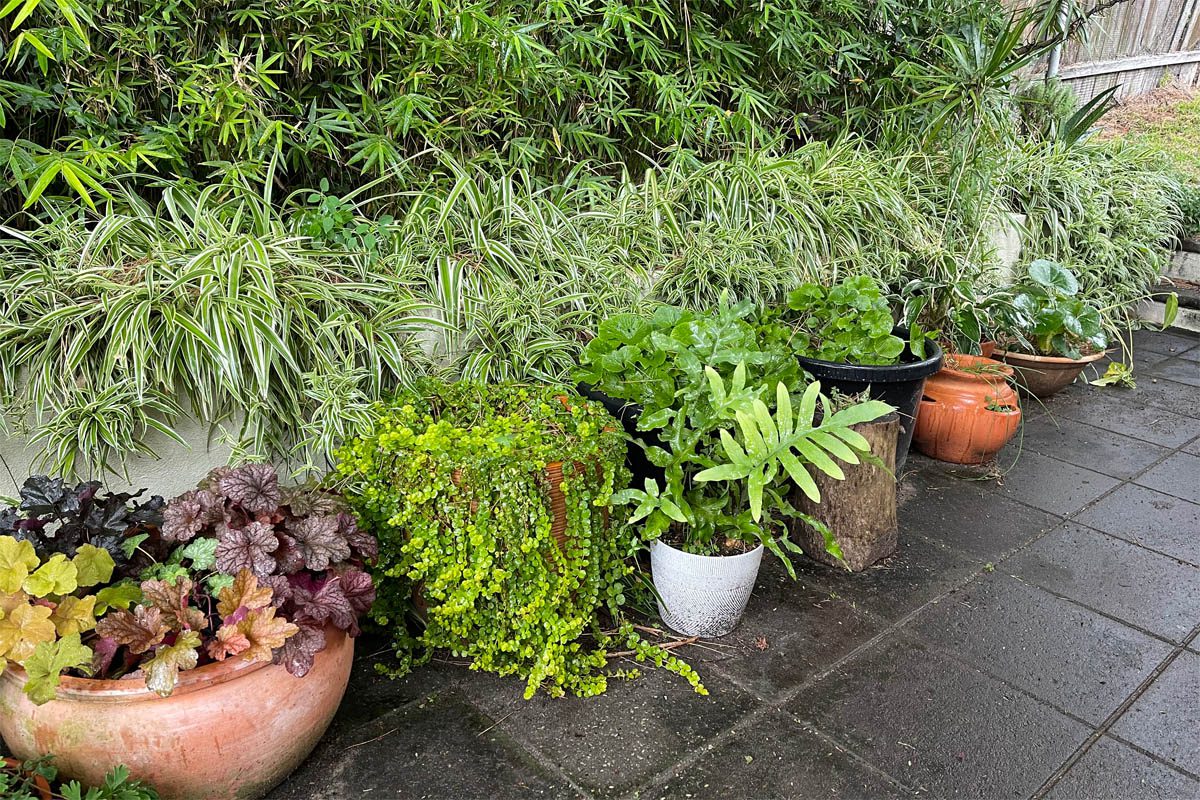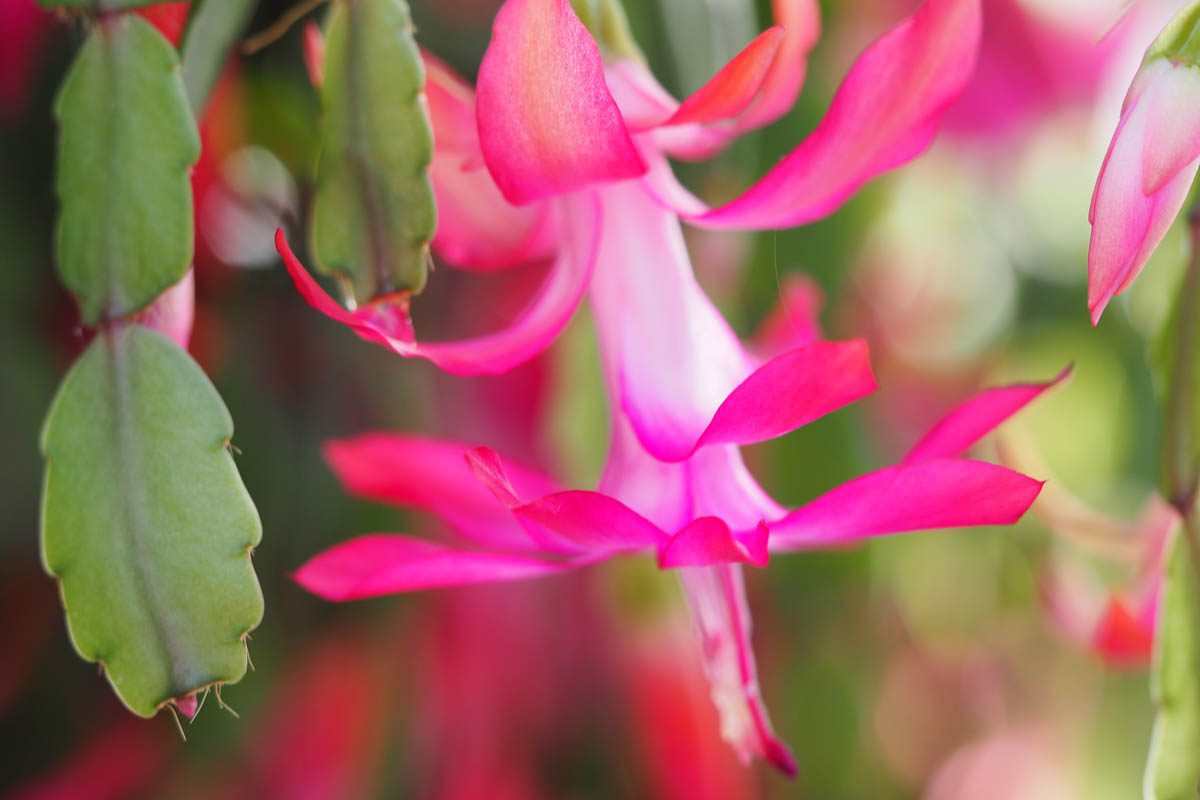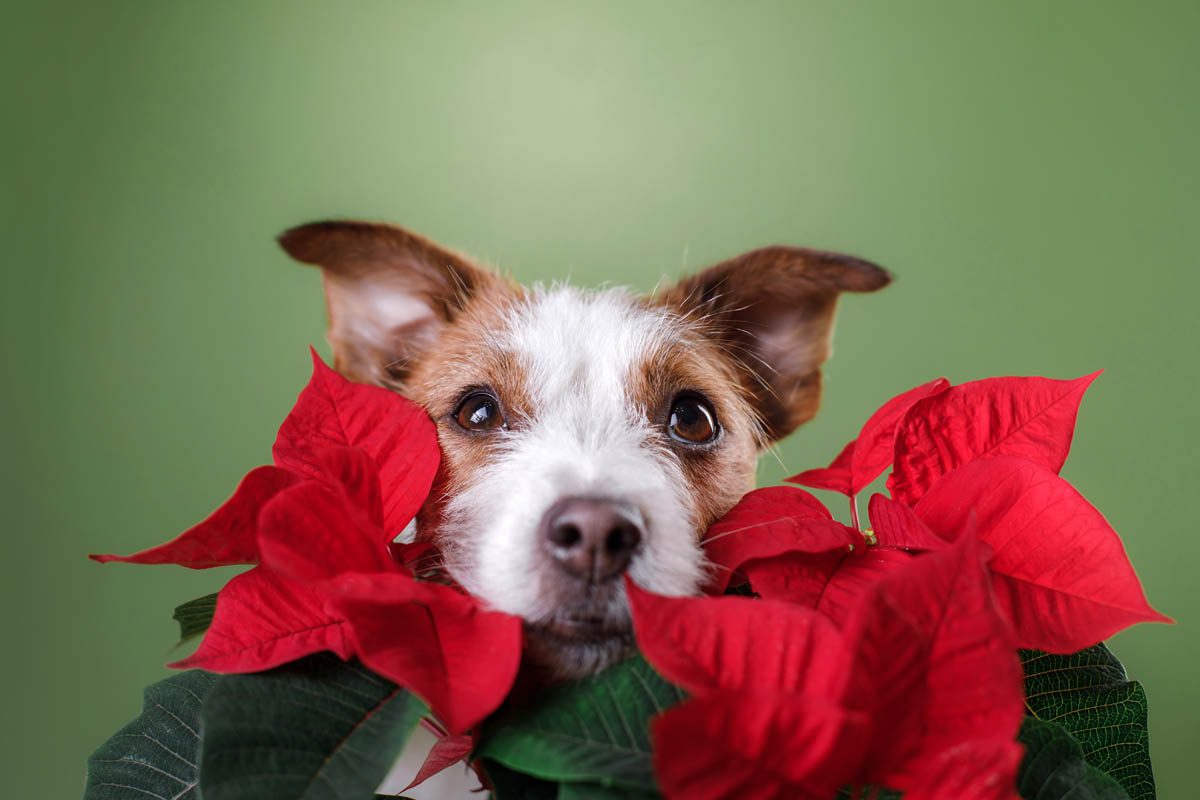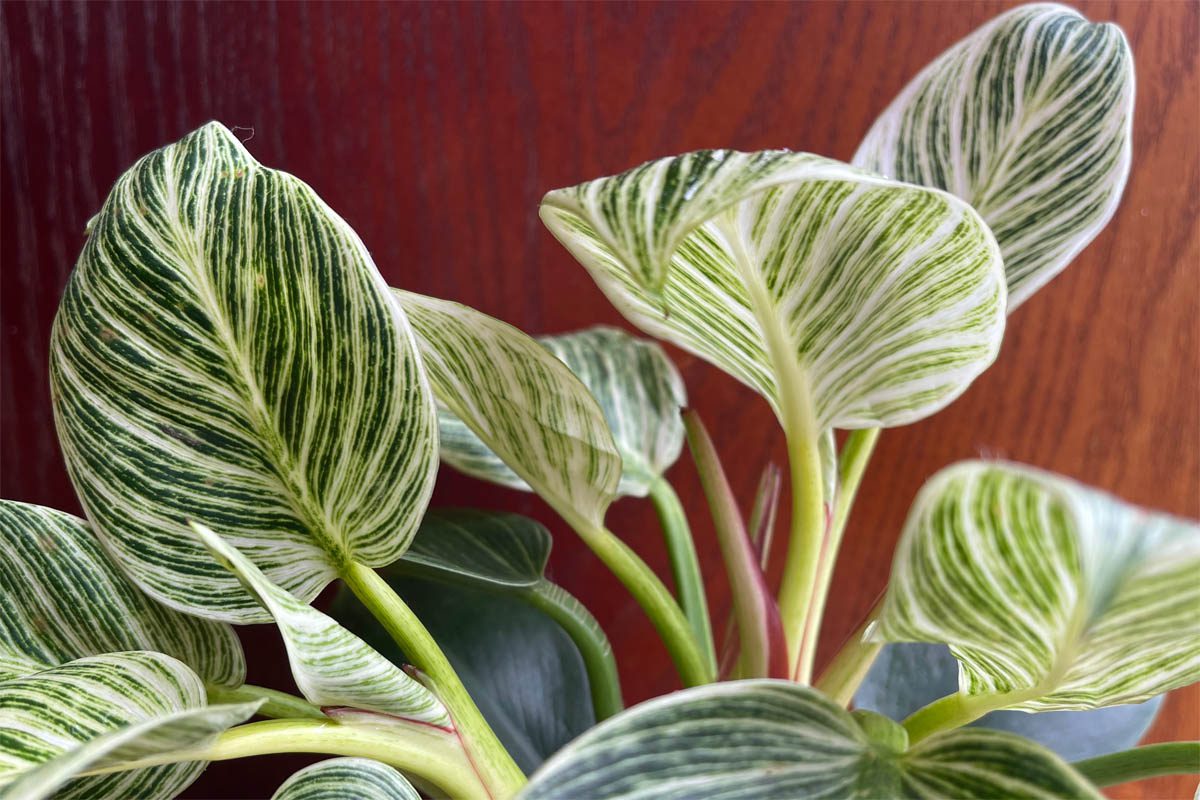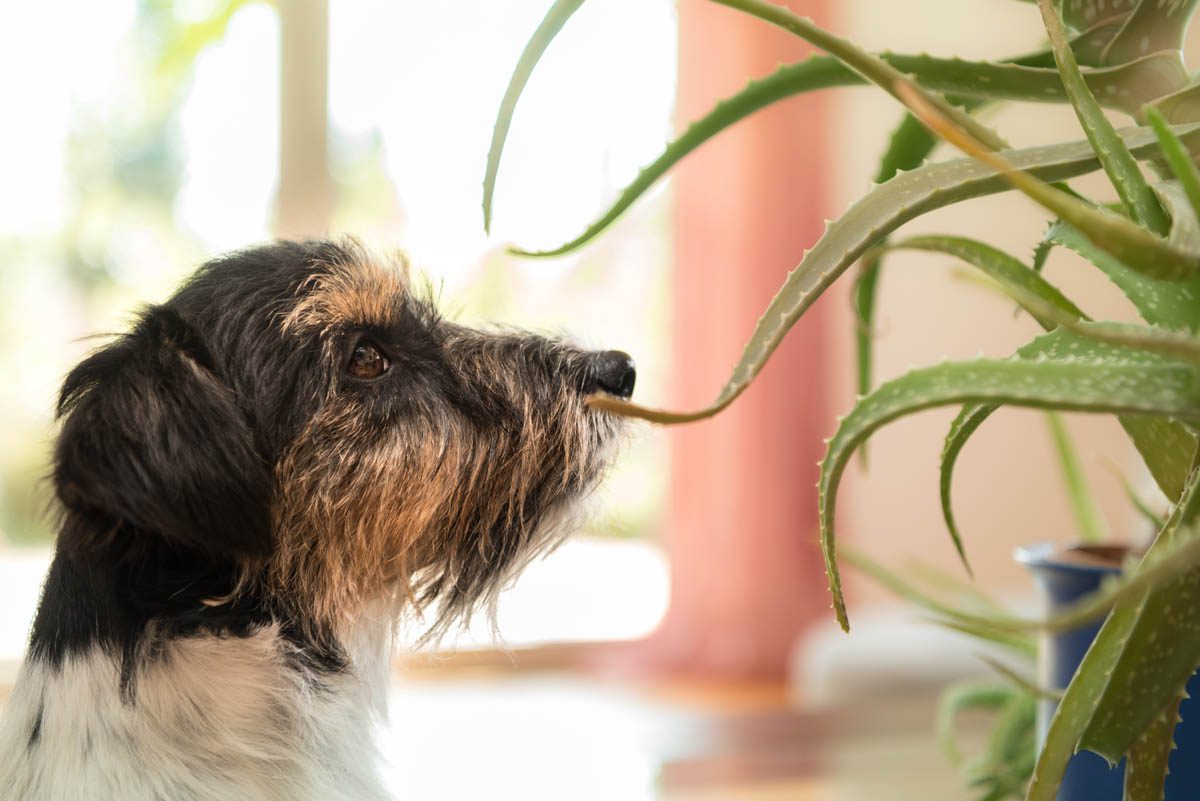Houseplants offer a wide range of benefits to our homes. Their showy foliage and air-purifying qualities bring a touch of nature inside. However well-intentioned we may be, sometimes our houseplants suffer the effects of neglect. We will look at how to revive your neglected houseplants and bring them back to their full glory.
What is a houseplant?

A houseplant is usually a foliage plant that is grown indoors. Foliage plants are typically evergreen perennials with decorative leaves. Technically, all plants are outdoors, but houseplants are often grown in locations where they wouldn’t survive outside. For example, a plant native to tropical rainforests would not survive as an outdoor plant in the United Kingdom.
Common issues with neglected houseplants
Sometimes life gets in the way, sickness, holidays, family emergencies and our houseplants suffer from the effects of neglect. In most cases, it is possible to revive them if they are caught in time and still have a viable root system. It is important to mention that indoor plants should be checked at least once a week, preferably more often, so that any potential problems can be picked up early.
Yellowing leaves can occur for a number of reasons including nutrient deficiency (nitrogen, iron, magnesium, or sulphur), over-watering, under-watering, inadequate light, pests or disease.
Yellowing leaves

Nutrient deficiency
When a plant doesn’t receive a specific nutrient or nutrients, essential physiological processes are disrupted and it cannot perform functions efficiently. Nitrogen, iron, magnesium and sulfur can impact the production of chlorophyll and photosynthesis, resulting in leaf colour changes. Symptoms can vary depending on the nutrient involved. Plants will reallocate resources from older leaves to newer growth. So you may notice new growth appears normal, but older leaves are yellow.
pH imbalance
pH (potential of hydrogen) is a measure of acidity or alkalinity and plays a critical role in nutrient absorption. Each plant has unique pH preferences, however, most plants thrive in soils with a pH range of 6.0 to 7.0. pH imbalances interfere with the uptake of nutrients, resulting in deficiencies. Acidic soils (pH below 6.0) can limit the availability of nitrogen, phosphorus, and potassium while in alkaline soils (pH above 7.0), iron becomes less soluble and less available for plant uptake. This can lead to iron deficiency, causing interveinal chlorosis, where the leaves turn yellow while the veins remain green.
Overwatering
Constantly waterlogged soil becomes impacted which means there are fewer air pockets in the soil that are needed for the roots to uptake oxygen needed to respire and function properly. Without adequate oxygen, roots can become weak, stressed, or die. Root rot is a common problem in waterlogged soil as it creates a favourable environment for pathogens such as Pythium spp. that attack plant roots, impairing their ability to take up water and nutrients needed for healthy growth.
Underwatering
Insufficient water leads to dehydration and stress. The plant is unable to transport essential nutrients needed for critical physiological processes. Plant cells lose turgor pressure, which causes them to wilt and eventually turn yellow. Prolonged underwatering causes nutrient deficiencies, weakened root systems and reduced growth and vigour.
Inadequate light
Inadequate light leads to a reduction in chlorophyll production and photosynthesis. The plant struggles to produce energy required for growth and maintenance through photosynthesis. Chlorophyll can break down in the leaves to reallocate resources to other essential processes or new growth. Yellowing due to inadequate light typically starts with the lower and inner leaves, which receive the least amount of light. Etiolation may occur, as the plant tries to reach a source of light. The internodes elongate, producing a leggy plant.
Pests or disease
Spider mites, whiteflies, nematodes, viral and bacterial diseases can all impact leaf colour. Insects feed on plants or sap, causing yellowing and or wilting of the leaves. Root-knot nematodes are tiny worms that feed on plant roots, which impairs its ability to absorb water and nutrients. Bacterial leaf spot or bacterial wilt damage plant tissues, block the vascular system and ultimately disrupt nutrient and water transport within the plant. Viral infections such as mosaic viruses or yellow vein viruses, can cause yellowing leaves due to the disruption of normal plant cell functions and the alteration of chlorophyll production.
Brown tips and edges
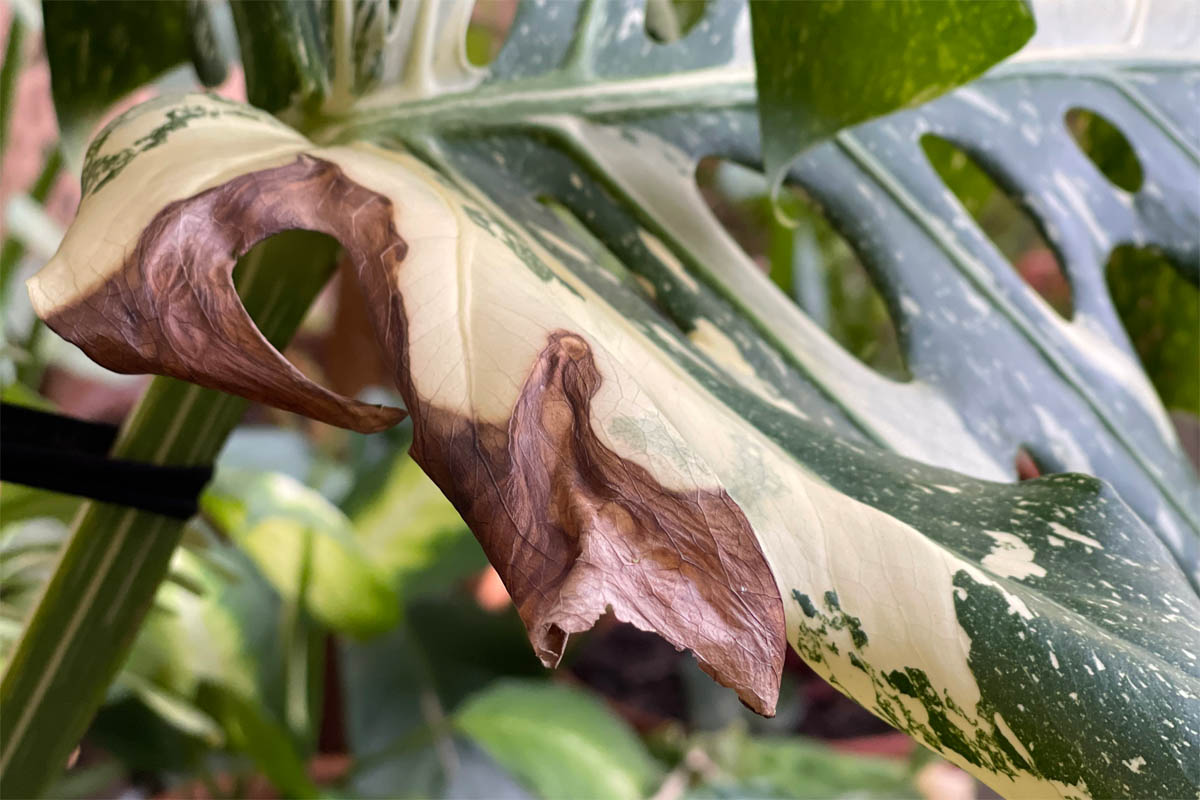
Overwatering: As mentioned above, overwatering can lead to hypoxia and root rot, which starves the plant of nutrients. From personal experience, the leaves of overwatered plants tend to slowly turn dark brown at the edges.
Underwatering
When a plant doesn’t receive adequate water, it is unable to maintain photosynthesis, transport nutrients, regulate temperature, maintain turgor pressure and cellular respiration. Plant cells lose water and wilt, which causes them to turn brown and dry out. Prolonged underwatering leads to widespread desiccation and browning of the leaves and eventually die.
Leaf scorch
Also known as ‘leaf burn‘, leaf scorch occurs when a plant is exposed to too much sunlight or heat which burns the leaves. Plants at greatest risk include seedlings, shade-loving plants and variegated plants. As you can see in the photo above, the white part of the leaves was scorched, but the green edges are fine. This plant has since been moved to an outdoor conservatory with less direct sun, and away from my plant-eating puppy. I have heard people mention the use of silicone for variegated plants, but it’s not something I’ve looked into. Some people swear it protects the white parts (which have little to no chlorophyll) and produces stronger leaves.
Salt accumulation
Salt accumulation can occur due to over-fertilisation, the use of softened water, and evaporation in low-humid environments. Excessive salts cause osmotic stress, nutrient imbalances, and root damage and can make it more difficult for plants to take up water and nutrients. Common symptoms of excessive salts include leaf burn, browning or yellowing.
Wilting or drooping
One of the most common symptoms of an unhappy plant is drooping leaves which surprisingly is a sign of overwatering or underwatering. When a plant is well hydrated, water within the plant cells exerts pressure against the cell walls, which creates ‘turgor pressure,’ which is essential for maintaining the plant’s rigidity. Surprisingly, overwatering and underwatering have the same effect on the plant. When the plant is overwatered, the roots are starved of oxygen due to air pockets being compacted. So while the soil is wet, the roots are unable to transport water throughout the plant. Obviously, in the case of the under-watered plant, there is not enough water in the soil to maintain hydration and turgor.
Heat
Sometimes even hydrated plants will wilt on extremely hot days due to increased transpiration and the temporary inability of the plant’s water uptake system to keep up with water loss. The roots absorb water through the soil which is transported through the xylem to the rest of the plant. During extreme heat, the water uptake is not sufficient to replace the water lost through transpiration. This leads to a decrease in turgor pressure, causing the leaves to wilt.
Leggy growth
Leggy growth is almost always due to insufficient light. This triggers the elongation of cells at the growth tip to help the plant reach a potential light source. As a result, the plant has uncharacteristically long and thin internodes (the space between nodes) as well as fewer, smaller and cream/yellow leaves that would ordinarily be green.
How to revive your neglected houseplants
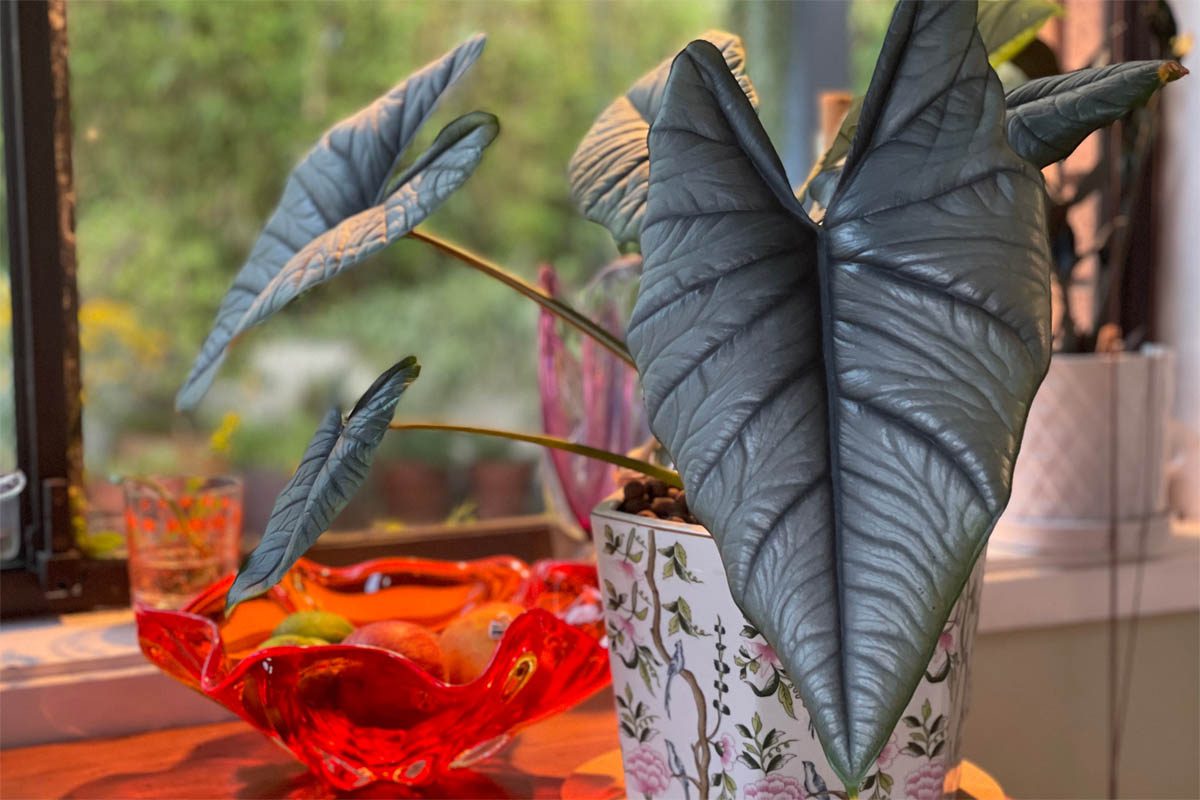
Check for signs of disease or pests
Carefully examine the plant for signs of disease or pests. Look for visible pests and eggs on the plant or soil. Examine leaves for discolouration, spots, wilting, curling, honeydew or webbing. It is important to remember to check the underside of leaves where pests like to hide undetected. Inspect the stems for lesions, oozing or cankers.
If you do notice any signs of pests or disease, take a clear photo and seek advice from your local nursery or garden centre. They will be able to advise you on what product (if any) to use.
Check for root rot
Remove the plant from the pot and inspect the roots for root rot and parasites. Healthy roots should be creamy-white. Plants with root rot will have brown/black roots, which are soft and break away easily. You may also notice an unpleasant odour.
It can be difficult to save plants with root rot, but in some cases, it can be successful if the plant still has some healthy roots. Rinse the roots with lukewarm water to remove any remaining soil and then use a pair of sterilised scissors to remove all of the diseased roots. Combine a solution of 80% water and 20% hydrogen peroxide, or 10% unscented bleach and 90% lukewarm tap water, and leave the roots and stem to soak for two hours. This should kill off any remaining pathogens on the roots. Hydrogen peroxide is better than bleach, and bleach should only be used in an emergency. Repot the plant in a new pot (or sterilise the old pot), with fresh potting mix.

Trim back leggy stems
If the plant is a seedling, it may be possible to revive it by moving it to a brighter area. Mature plants that are etiolated will need to be trimmed back, or take cuttings from the parent plant and start again.
Clean the leaves
Dust accumulation on leaves can obstruct sunlight, hindering photosynthesis, and clogging stomata, impeding respiration and transpiration. Regularly cleaning leaves not only improves the plant’s ability to produce energy and exchange gases. Use a soft, damp cloth to clean the leaves. Garden centres and nurseries also sell leaf tonics and leaf-shining products. Don’t do as I did in the 1980s and use petroleum jelly or any other oil-based product to shine the leaves. This will block the stomata which are tiny pores on the surfaces of leaves, that facilitate gas exchange.
Refresh the growing medium
Houseplants should have their potting medium replaced at least every two years. As plants grow, they absorb nutrients from the potting medium to support their growth and development. Over time, the supply of nutrients in the potting medium becomes depleted. In addition to this, watering also causes nutrients to leach out of the potting medium, particularly if it is well-draining. Excess water washes away soluble nutrients, making them less available for plant uptake.
Always select the appropriate potting medium for your plants. For example, orchids prefer a bark mix, succulents like well-draining soil and most ferns like rich, moisture-retaining soil. Where possible, choose premium mixes over regular, as these contain slow-release fertilisers to keep your plant fed for at least six months.
Check to see if the plant is rootbound
Remove the plant from the pot to check if the plant is rootbound or has root rot. If the plant is potbound, don’t be tempted to jump up several sizes as overpotting can lead to root rot. For small to medium plants, choose a pot that is 2.5 cm wider than the current pot, or 5 – 10 cm for large plants.

Water according to the plant’s specific needs
There is no one-size-fits-all when it comes to watering plants. Succulents can go for extended periods without water, while the fern or coleus have higher water needs. I use the Sustee Aquameter to check the moisture content of soil. Knowing the needs of each plant is important too. Some are forgiving and will wilt when they’re thirsty, but quickly recover. I personally find ferns are a bit more fussy, they thrive in my garden, but quickly die inside. Many people have managed to successfully grow ferns as houseplants.
Provide proper lighting
The right light is so important. Cacti and succulents thrive in full sun, while other plants would quickly burn and die. As a rule, there’s three types of indoor positions.
- Full sun: An area the plant receives direct sun for at least six hours or more. Cacti and succulents love full sun.
- Indirect light: Bright, diffused light close to a window but not in direct light. The majority of houseplants fall into this category.
- Shade: A location where the plant receives minimal direct sunlight and is mostly exposed to low or filtered light. ZZ plant, pothos, ferns and snake plants are all shade-loving.
Remove dead or dying leaves
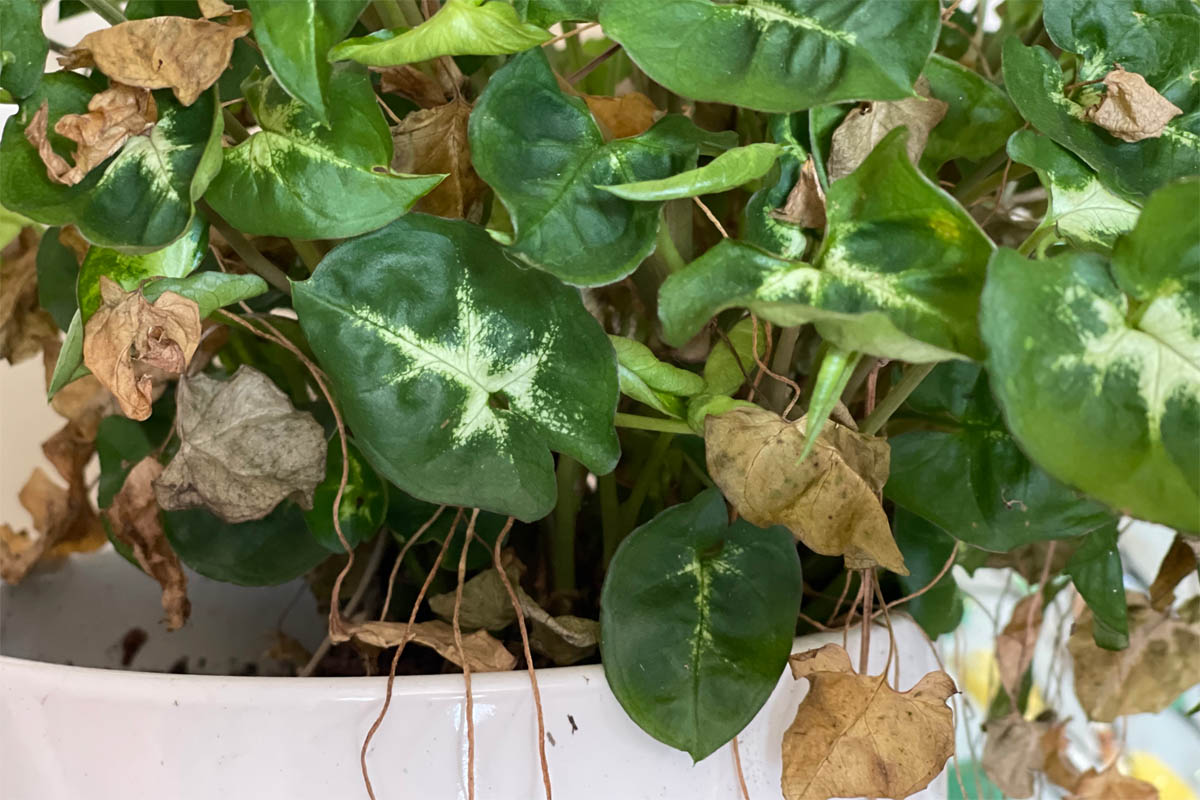
Removing dead leaves improves its appearance, enhances air circulation, prevents pest and disease infestation, and makes it easier to monitor the plant’s overall health.
Conclusion
- Indoor plants take time and work, but with the right care, can add a touch of colour to the home.
- Only keep the number of plants you can comfortably manage. There’s no point in creating an indoor jungle if you don’t have the time for it.
- Busy people may benefit from growing easy-to-care-for plants such as zz plant, snake plant, spider plant, yucca, orchid, dracaena and rubber tree.
- Take five to ten minutes, twice a week to check your plants to ensure they are pest free, have enough water, and are not showing signs of disease. I always like to check my plants when I’m having my morning coffee.
- Fertilise plants during their active growing period of spring and summer.
- Plants should be repotted at least every two years to replace old potting mix and move to a larger pot if needed.
Julia is a writer and landscape consultant from Wollongong with a love of horticulture. She had been an avid gardener for over 30 years, collects rare variegated plants and is a home orchardist. Julia is passionate about learning and sharing her knowledge of plant propagation and plant toxicology. Whether it’s giving advice on landscape projects or sharing tips on growing, Julia enjoys helping people make their gardens flourish.
